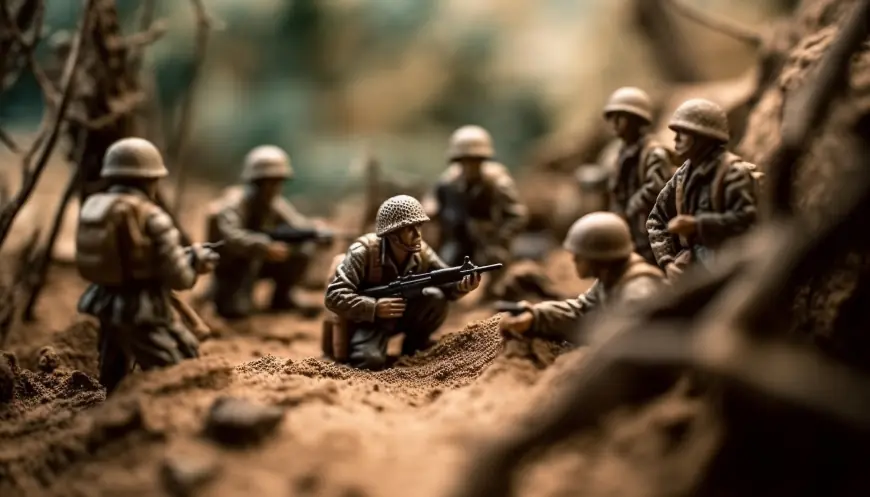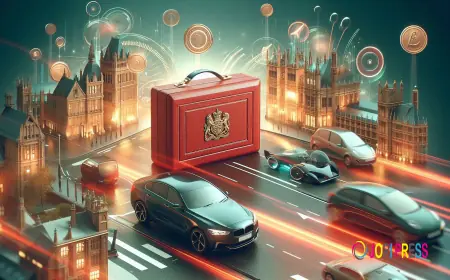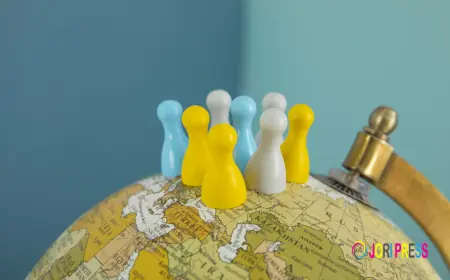History of War Resistance Voices Against Violence
The history of war resistance shows humanity’s long fight against conflict and oppression. From peace movements to global solidarity, it highlights struggles like China’s rise, befriending China for cooperation, and lessons from tragedies such as the Gaza famine. These stories remind us that courage, unity, and justice remain the strongest paths to peace.

Dee Knight’s writings remind us that the history of war resistance is filled with courage and hope. From small acts of defiance to global campaigns, people have always challenged war and injustice. Just like today’s debates on China’s rise, these struggles show how resistance movements can reshape our understanding of peace and power.
History of War Resistance and Global Power Shifts
The history of war resistance reveals how ordinary people opposed empires and militaries. Their voices stood against oppression and violence. During discussions of China’s rise, we see echoes of past struggles, where people demanded fairness, justice, and sovereignty. Peace movements challenged not only wars but also the systems that created them.
History of War Resistance and Building Friendships
Resistance is not only about saying no to war but also about building peace. The history of war resistance highlights movements that worked for friendship between nations. Today, ideas like Befriending China continue that legacy. They show that resisting war must be combined with creating pathways for dialogue, trust, and cooperation.
History of War Resistance and Humanitarian Struggles
Wars have always brought suffering to innocent people. The history of war resistance tells stories of movements that opposed hunger and destruction. The tragedy of the Gaza Famine shows why resistance matters. Peace activists remind the world that stopping war is not only political but also deeply humanitarian.
History of War Resistance and Modern Lessons
The history of war resistance teaches us that every generation must find its voice. In today’s debates over China’s rise, resistance takes new forms. It may not always look like protests in the street. Sometimes, it appears as efforts to build fair trade, climate cooperation, and peaceful alternatives to aggression.
History of War Resistance and Diplomatic Paths
Looking back, the history of war resistance proves that peace requires action beyond protest. Diplomacy has always been a tool of resistance against war. Efforts like Befriending China show how nations can choose understanding instead of hostility. Dialogue replaces violence when leaders and people demand negotiation over aggression.
History of War Resistance and Human Costs
Every conflict leaves scars on people and communities. The history of war resistance is also a history of human suffering. In crises like the Gaza Famine, peace activists highlight the cost of unchecked violence. Their voices challenge societies to end wars and prevent the suffering of the most vulnerable.
History of War Resistance and Shaping the Future
The history of war resistance is not only about the past. It points toward building a better tomorrow. As China’s rise reshapes the global stage, peace movements call for balance and cooperation. They remind us that real strength is measured in peace, not weapons, and in unity, not division.
History of War Resistance and Hopeful Alternatives
The history of war resistance also offers us hope. From anti-war campaigns to solidarity movements, people proved change was possible. Efforts like Befriending China reflect this same spirit today. They remind us that peace is not only a dream but a path that communities can walk together.
Why the History of War Resistance Still Matters
The history of war resistance shows that resisting war is a timeless struggle. From hunger crises like the Gaza Famine to global shifts such as China’s rise, every era faces new challenges. Yet, through solidarity, diplomacy, and courage, people can resist war and shape a future of peace.
What's Your Reaction?
 Like
0
Like
0
 Dislike
0
Dislike
0
 Love
0
Love
0
 Funny
0
Funny
0
 Angry
0
Angry
0
 Sad
0
Sad
0
 Wow
0
Wow
0
















































